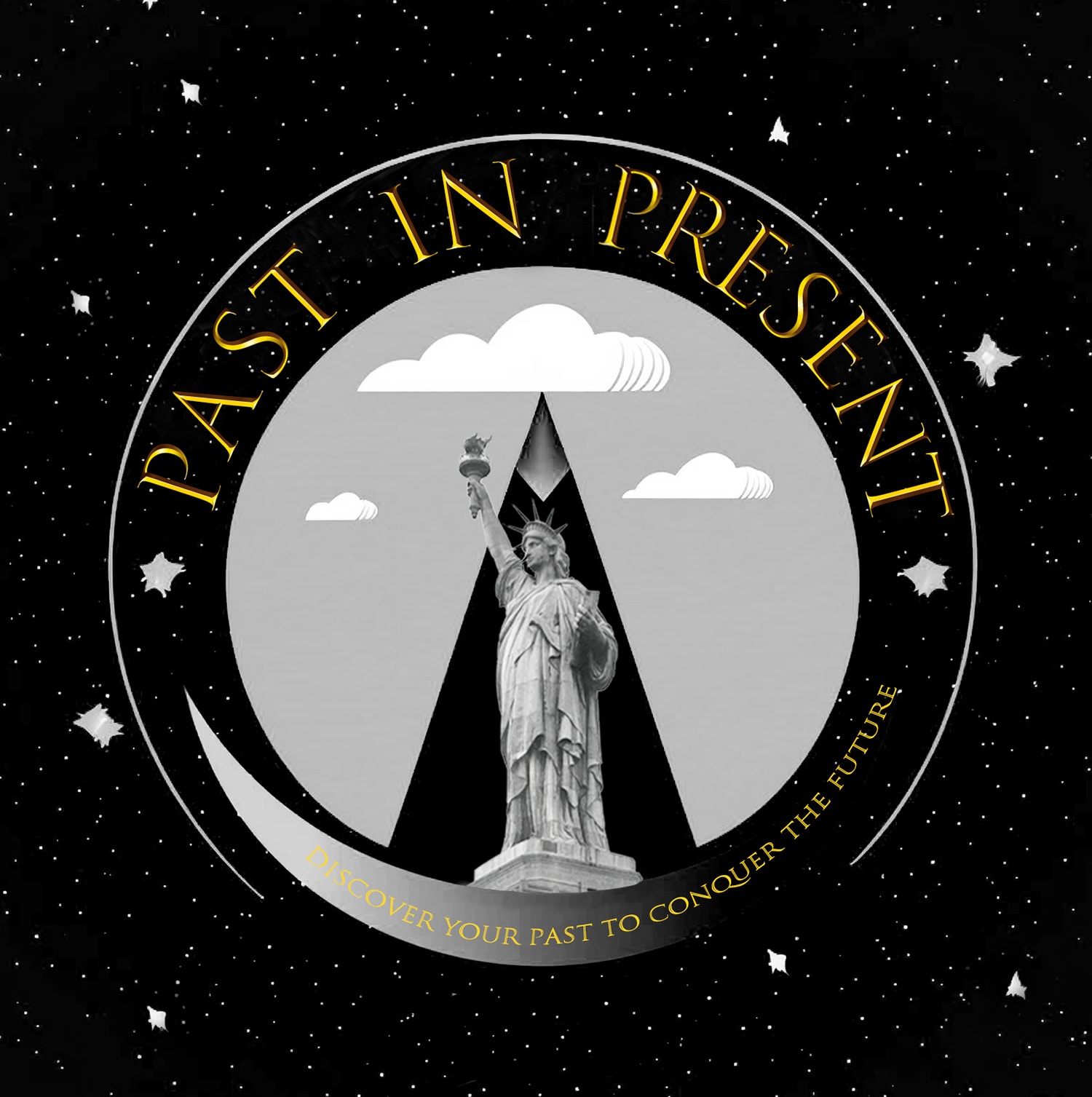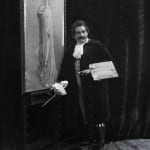 Enrico Caruso: "The Voice That Defined an Era" by Aime Dupont, 1901. Watermarks do not appear on the actual artwork.
Enrico Caruso: "The Voice That Defined an Era" by Aime Dupont, 1901. Watermarks do not appear on the actual artwork.
 Enrico Caruso: "The Voice That Defined an Era" by Aime Dupont, 1901. Watermarks do not appear on the actual artwork.
Enrico Caruso: "The Voice That Defined an Era" by Aime Dupont, 1901. Watermarks do not appear on the actual artwork.
 Signed and dated in the painting low right "Aime Dupont, 1901"
Signed and dated in the painting low right "Aime Dupont, 1901"
Aime Dupont
Further images
Enrico Caruso, born on February 25, 1873, in Naples, Italy, is hailed as one of the most celebrated opera tenors of all time. His exceptional vocal talent and charismatic presence on stage revolutionized the world of opera, leaving an indelible mark on the music industry.
Caruso's rise to fame began in 1900 when he made his debut at La Scala in Milan, one of the most prestigious opera houses in the world. His powerful and emotive voice, coupled with his ability to convey deep emotion, quickly captivated audiences and critics alike. This success led to his debut at the Metropolitan Opera in New York City in 1903, where he became a fixture for the next 18 years. His performances in roles such as Canio in "Pagliacci" and Radames in "Aida" became legendary, setting new standards for operatic performance.
One of Caruso's most significant contributions was his pioneering role in the recording industry. He was one of the first major opera stars to embrace the gramophone, and his recordings sold millions of copies worldwide. These recordings not only brought opera to a broader audience but also immortalized his voice for future generations. His rendition of "Vesti la giubba" from "Pagliacci" is particularly renowned and remains a benchmark for tenors.
Caruso's international appeal was unprecedented. He performed in major opera houses across Europe and the Americas, including Covent Garden in London and the Teatro Colón in Buenos Aires. His ability to sing in multiple languages and his dynamic stage presence made him a global superstar, transcending cultural and linguistic barriers.
Despite his professional success, Caruso faced personal challenges, including health issues and the demands of a grueling performance schedule. He continued to perform even as his health declined, demonstrating remarkable dedication to his art. Caruso passed away on August 2, 1921, but his legacy endures through his recordings and the countless artists he inspired.
Enrico Caruso's impact on opera and the recording industry is immeasurable. His unique voice, emotive performances, and pioneering recordings set a new standard for tenors and brought opera to the masses. Caruso remains a towering figure in the history of music, celebrated for his extraordinary talent and enduring influence.
Aime Dupont was born in 1841 in Brussels, Belgium. He studied sculpture at the Royal Academy of Fine Arts in Brussels before emigrating to the United States in 1866. Dupont settled in New York City and continued his studies at the National Academy of Design.
In addition to his work as a sculptor, Dupont was an accomplished photographer. He specialized in portraits and landscapes, and his photographs were exhibited at the National Academy of Design and at the Philadelphia Centennial Exhibition in 1876.
He won some acclaim for both his arts, including a gold medal for photography in the Paris Exhibition of 1878. As a sculptor, he later was made a chevalier of the Legion d’honneur. One of his notable works was a bust of Elihu B. Washburne, who was the United States Ambassador to France during the Ulysses S. Grant administration.
Dupont became known for his portrait busts of prominent Americans, including President Ulysses S. Grant and industrialist Andrew Carnegie. He also created several public monuments, including a statue of Revolutionary War hero Nathan Hale in New York City Hall Park.
In the 1890s, Aimé Dupont began suffering from stomach cancer. Just prior to a sitting with Emma Eames, he fell ill and was unable to work. Despite never having done photography work before, Etta Dupont stepped in and successfully kept the appointment. From then on, she would be responsible for posing the subjects. Dupont died of his condition on 16 February
1900. Afterwards, Etta became the photographer for the business (and in later years, their son Albert also took his turn behind the camera), keeping the name Aimé Dupont Studio. For many years, a number of the photographic subjects were under the belief that she was Aimé Dupont. Her endeavors proved to be successful enough for her to open another studio in Newport,
Rhode Island, photographing socialites when she closed the New York studio for the summers.
Aime Dupont was best known for his pictures of opera singers when he was the official photographer for the Metropolitan Opera in New York City. His work is in many museums and public collections, including the Metropolitan Museum of Art and the Smithsonian American Art Museum.
Provenance
Past in Present.com Inc private historical archive







